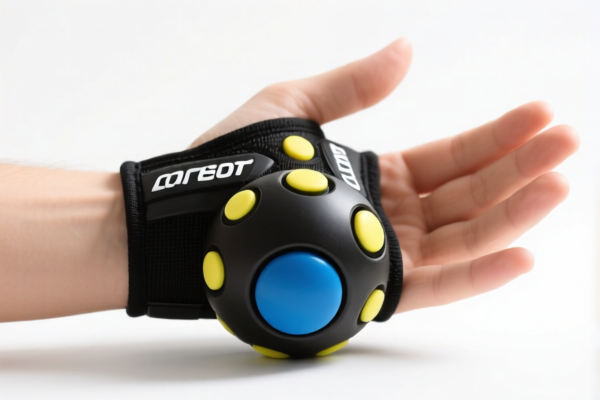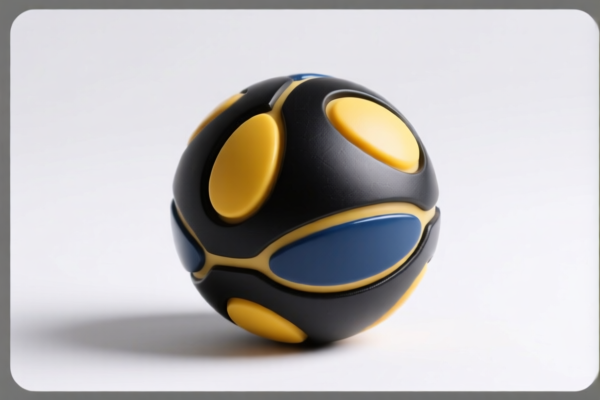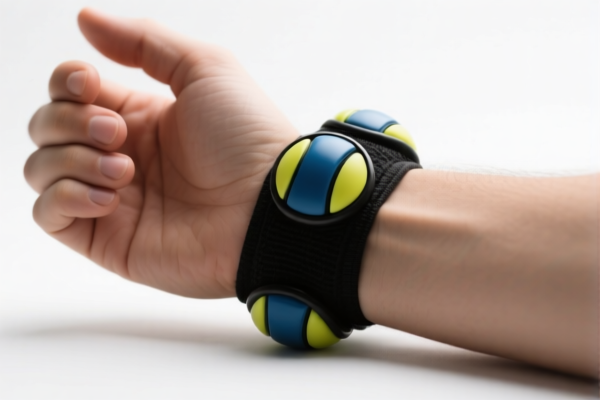| HS Code | Official Doc | Tariff Rate | Origin | Destination | Effective Date |
|---|---|---|---|---|---|
| 6217101010 | Doc | 39.8% | CN | US | 2025-05-12 |
| 6217108500 | Doc | 44.6% | CN | US | 2025-05-12 |
| 8308100000 | Doc | 1.1¢/kg + 2.9%+55.0% | CN | US | 2025-05-12 |
| 8308903000 | Doc | 55.0% | CN | US | 2025-05-12 |
| 9101192020 | Doc | 37.5% | CN | US | 2025-05-12 |
| 9101211000 | Doc | 40.6% | CN | US | 2025-05-12 |
| 9102122000 | Doc | 30.0% | CN | US | 2025-05-12 |
| 9102124000 | Doc | 30.0% | CN | US | 2025-05-12 |
| 6116100500 | Doc | 30.0% | CN | US | 2025-05-12 |
| 6116927460 | Doc | 53.5% | CN | US | 2025-05-12 |
| 6117809570 | Doc | 52.1% | CN | US | 2025-05-12 |
| 6117909030 | Doc | 52.1% | CN | US | 2025-05-12 |
| 3926201010 | Doc | 30.0% | CN | US | 2025-05-12 |
| 3926909989 | Doc | 42.8% | CN | US | 2025-05-12 |




Wrist
The wrist is a complex joint connecting the hand to the forearm. It is a crucial component for a wide range of movements and is subject to a variety of potential injuries due to its exposed nature and demanding function.
Anatomy
The wrist is not a single joint, but rather a collection of eight carpal bones arranged in two rows. These bones are connected by numerous ligaments and tendons, and are stabilized by muscles in the forearm. Key components include:
- Carpal Bones: Scaphoid, Lunate, Triquetrum, Pisiform, Trapezium, Trapezoid, Capitate, Hamate.
- Radius and Ulna: The two long bones of the forearm articulate with the carpal bones to form the wrist joint.
- Ligaments: Provide stability and limit range of motion. Common ligaments include the scaphoid-lunate ligament, the dorsal intercarpal ligament, and the ulnar collateral ligament.
- Tendons: Connect muscles in the forearm to the hand, allowing for movement. Important tendons include those of the flexor and extensor carpi muscles.
Function
The wrist allows for a significant degree of movement, including:
- Flexion: Bending the hand downwards.
- Extension: Bending the hand upwards.
- Radial Deviation: Moving the hand towards the thumb side.
- Ulnar Deviation: Moving the hand towards the little finger side.
- Pronation: Rotating the hand palm-down.
- Supination: Rotating the hand palm-up.
These movements are essential for a multitude of tasks requiring dexterity and fine motor control.
Purpose & Usage Scenarios
The wrist is utilized in virtually all manual activities, including:
- Daily Living: Writing, eating, dressing, grooming.
- Work: Typing, using tools, assembly line work.
- Sports: Gymnastics, tennis, baseball, weightlifting, snowboarding.
- Artistic Activities: Painting, drawing, sculpting.
Common Types of Wrist Injuries
Due to its complexity and frequent use, the wrist is prone to various injuries:
- Sprains: Ligament damage caused by sudden impact or overextension.
- Fractures: Breaks in the carpal bones, often caused by falls or direct trauma. Common fractures include scaphoid fractures and distal radius fractures.
- Carpal Tunnel Syndrome: Compression of the median nerve in the carpal tunnel, leading to pain, numbness, and tingling in the hand and fingers.
- Tendonitis: Inflammation of the tendons, often caused by repetitive motion. De Quervain's tenosynovitis affects tendons on the thumb side of the wrist.
- Ganglion Cysts: Non-cancerous fluid-filled lumps that can develop on the back or palm of the wrist.
- Arthritis: Inflammation of the wrist joint, leading to pain, stiffness, and reduced range of motion.
Diagnostic Methods
Common diagnostic methods for wrist injuries include:
- Physical Examination: Assessing range of motion, tenderness, and stability.
- X-rays: Identifying fractures and dislocations.
- MRI (Magnetic Resonance Imaging): Providing detailed images of soft tissues, such as ligaments and tendons.
- Nerve Conduction Studies: Assessing nerve function in cases of suspected nerve compression.
Treatment Options
Treatment for wrist injuries varies depending on the severity and type of injury:
- Rest, Ice, Compression, and Elevation (RICE): For minor sprains and strains.
- Immobilization: Using a splint or cast to protect the wrist during healing.
- Physical Therapy: Strengthening and restoring range of motion.
- Medications: Pain relievers and anti-inflammatory drugs.
- Surgery: May be necessary for severe fractures, ligament tears, or nerve compression.
Based on the provided information, the following HS codes are relevant to “wrist”:
- 9101.19.20.20: This HS code falls under Chapter 91, which covers “Wrist watches, pocket watches and other watches, including stop watches, with case of precious metal or of metal clad with precious metal”. Specifically, it refers to “Wrist watches, electrically operated, whether or not incorporating a stop watch facility: Other: With opto-electronic display only”. Straps, bands or bracelets entered with watches of subheading 9101.19.20 and classifiable therewith pursuant to additional U.S. note 2 to this chapter; all the foregoing whether or not attached to such watches at the time of entry: Of textile material or of base metal, whether or not gold- or silver-plated. The total tax rate is 37.5%.
- 9101.21.10.00: This HS code also falls under Chapter 91, covering “Wrist watches, pocket watches and other watches, including stop watches, with case of precious metal or of metal clad with precious metal”. Specifically, it refers to “Other wrist watches, whether or not incorporating a stop watch facility: With automatic winding: Having over 17 jewels in the movement”. Straps, bands or bracelets entered with watches of subheading 9101.21.50 and classifiable therewith pursuant to additional U.S. note 2 to this chapter; all the foregoing whether or not attached to such watches at the time of entry: Of textile material or of base metal, whether or not gold- or silver-plated. The total tax rate is 40.6%.
- 9102.12.20.00: This HS code falls under Chapter 91, covering “Wrist watches, pocket watches and other watches, including stop watches, other than those of heading 9101”. Specifically, it refers to “Wrist watches, electrically operated, whether or not incorporating a stop watch facility: With opto-electronic display only: Straps, bands or bracelets entered with watches of subheading 9102.12.80 and classifiable therewith pursuant to additional U.S. note 2 to this chapter; all the foregoing whether or not attached to such watches at the time of entry: Of textile material or of base metal, whether or not gold- or silver-plated”. The total tax rate is 30.0%.
- 9102.12.40.00: This HS code falls under Chapter 91, covering “Wrist watches, pocket watches and other watches, including stop watches, other than those of heading 9101”. Specifically, it refers to “Wrist watches, electrically operated, whether or not incorporating a stop watch facility: With opto-electronic display only: Straps, bands or bracelets entered with watches of subheading 9102.12.80 and classifiable therewith pursuant to additional U.S. note 2 to this chapter; all the foregoing whether or not attached to such watches at the time of entry: Other”. The total tax rate is 30.0%.
Regarding HS codes 9101.19.20.20, 9101.21.10.00, 9102.12.20.00 and 9102.12.40.00, please note that straps, bands, or bracelets entered with watches are classifiable with the watches pursuant to additional U.S. note 2 to this chapter.
Customer Reviews
No reviews yet.